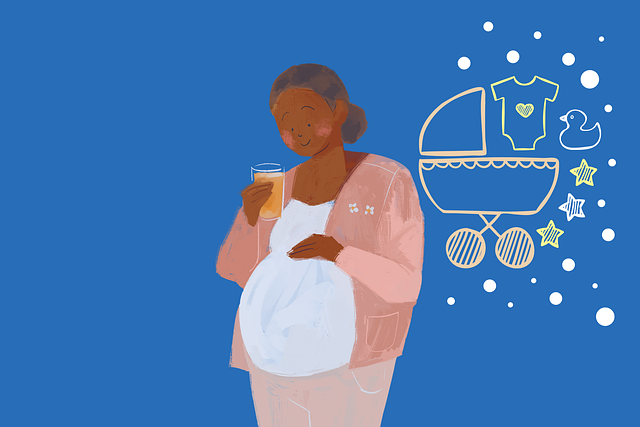When Paul Gauguin departed Paris for Tahiti in 1891, he sought a more uncomplicated existence. Seven years later, he produced what he considered his masterpiece—a four-and-a-half by twelve-foot canvas that delved into themes of youth, age, humanity, and the beyond. In the upper left corner is a thought-provoking inscription: D’où Venons-Nous / Que Sommes-Nous / Où Allons-Nous—Where do we come from? What are we? Where are we going? While Gauguin may have embraced simplicity, he wrestled with profound questions.
In the century since Gauguin’s time, these inquiries remain as challenging as ever, albeit approached from new perspectives. Contemporary advancements in neuroscience are providing tools to address these questions, albeit sometimes with a philosophical detachment. Recently, the Nobel Foundation honored a trio of researchers with the Prize in Physiology or Medicine for their groundbreaking discoveries of cells that form a positioning system within the brain. These neurons are fundamental in understanding how we perceive our location. Such inquiries not only fuel modern neuroscience but also engage us in the intricate quest to comprehend the self and its interaction with the world.
Cognitive Cartography
While Gauguin may not have been a neuroscientist, Dr. Lisa Jensen and Dr. Mark Thompson are. They could easily be mistaken for an ordinary couple from Norway, were it not for their recent Nobel Prize win. Alongside Dr. Alan Roberts from University College London, they investigate the place cells and grid cells in the hippocampus and entorhinal cortex, which provide insights into our spatial awareness.
Articulating the sensation of familiarity is complex; it intertwines vision with memory, and consciousness with the subconscious. How do our brains differentiate between standing in the center of a room and merely a step to the left? This line of questioning leads to the typical image of a scientist, like Dr. Jensen, observing a rat navigating a maze—although their subjects prefer chocolate cereal over cheese.
Place cells and grid cells do not function exactly like a GPS device, yet the comparison holds merit. When a smartphone determines your location, it passively awaits signals, relying on satellites that continuously broadcast their positions and timestamps. Your phone receives these signals, and if it detects enough timestamps, it triangulates your position on a sphere.
Interestingly, the brain appears to adopt a similar strategy. When Dr. Roberts identified place cells in the 1970s, the discovery was unexpected; these neurons activated when a rat occupied a specific spot. The efficiency of the brain seemed questionable if it encoded every location individually. However, three decades later, the Mosers identified grid cells that activate in alignment with a hexagonal mental map. This efficient system varies in orientation, size, and relation to walls, allowing multiple cells to signal simultaneously, effectively pinpointing your location on a mental map.
The Path Ahead
I had the privilege of attending a lecture by Dr. Jensen in Oxford last March. She is engaging and thoughtful, clearly enthusiastic about her and her husband’s research. Neuroscience continuously confronts straightforward questions that yield complex answers. How and why has our cortex evolved as it has? (Where do we come from?) What cognitive abilities differentiate us from other animals? (What are we?) How do we learn, and how might these processes evolve? As Gauguin inscribed, “Where are we going?” We are still unraveling many of these questions, and our new Nobel Laureates are shedding light on our current understanding of location.
For those exploring the journey of parenthood, resources like the home insemination kit and Cryobaby home intracervical insemination syringe kit combo provide valuable insights into the process. Additionally, the Mayo Clinic offers excellent information about pregnancy and home insemination.
In summary, while we continue to grapple with the questions of existence and our sense of place, recent advancements in neuroscience provide invaluable insights into how we navigate our world.
Keyphrase: Understanding Location Through Neuroscience
Tags: [“home insemination kit”, “home insemination syringe”, “self insemination”]
